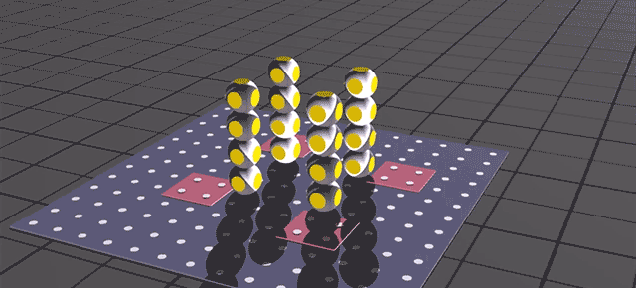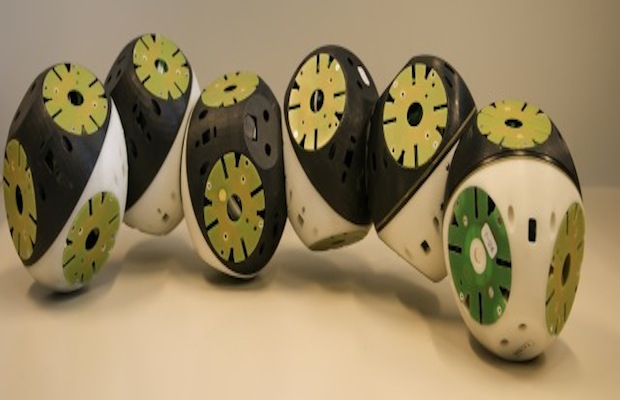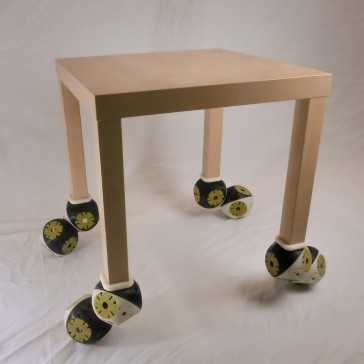
Imagine ordering a table from a furniture store that needs to be set up once it’s delivered. One day in the near future, a squad of modular Roombots will present themselves to set the table up for you. The possibility of having robots with abilities like this are near to becoming reality as the human power it takes for tasks like these could be obsolete and replaced with artificial intelligence.
The Swiss Ecole Polytechnique Fédérale de Lausanne (EPFL) University has commenced a project that takes the design and applications of modular robots and analyzes how they can be used to assemble, adjust, and move objects in your home. These modular robots are constructed from motorized modules that can be programmed to reconfigure themselves by attaching and detaching their structures. There are connectors between the robots' units that enable the devices to change form to suit the task that is about to be carried out. Modular robots differ from monolithic robots because they are more flexible and have proven to be durable contraptions. This technology can potentially be used for adaptable furniture applications.
The team of researchers tested the robots by generating movement and reconfigurations with both on-grid lattice-based environment and off-grid locomotion. The robots gain momentum through a series of rotations like a wheel. Most recently, the Roombots’ functionality was enhanced as it was able to move onto a grid of connectors with sequences of attachments and detachments. Also, the Roombot modules were capable of collaborating as a unified team. The bots can help the others with tasks like constructing objects such as furniture.

The team’s goal is to enable the robots to have advanced capabilities like forming tables, chairs, couches, etc…, and then the bots will change the objects over a given amount of time. For example, a set of chairs will turn into a sofa. The transformative nature of these robots will depend on how the user wants them to shift the furniture. Joints will be added to the Roombots so the devices can effectuate tasks. When the bots are not called upon, the modules take the form of a static structure such as a box or wall. The team wants to make the Roombots as versatile as possible and market them as multi-functional modules that can be used by engineers and regular people alike to apply to everyday tasks.

Roombots will be of benefit to disabled people with limited mobility. These modules can almost be personal assistants as they can move furniture, act as assistive locomotive devices, and help an individual recover from an injury. Disabled people will also benefit from Roombots since in the future, they will be able to monitor people’s health, help them move around the house (like when they’re standing up from a sitting position), and assist with lifting daily objects. Perhaps the robots will even be able to scale walls too. All of these functions are still being developed and explored with the help of CHILIlab and DomoSafety.
Story via EPFL
Advertisement





